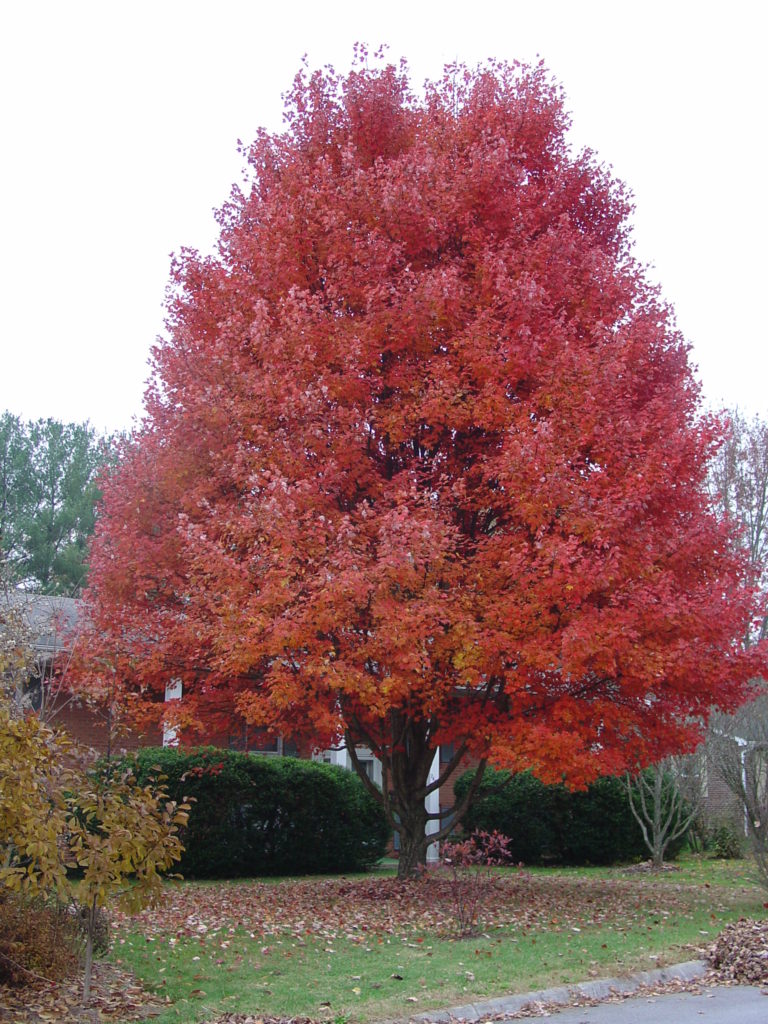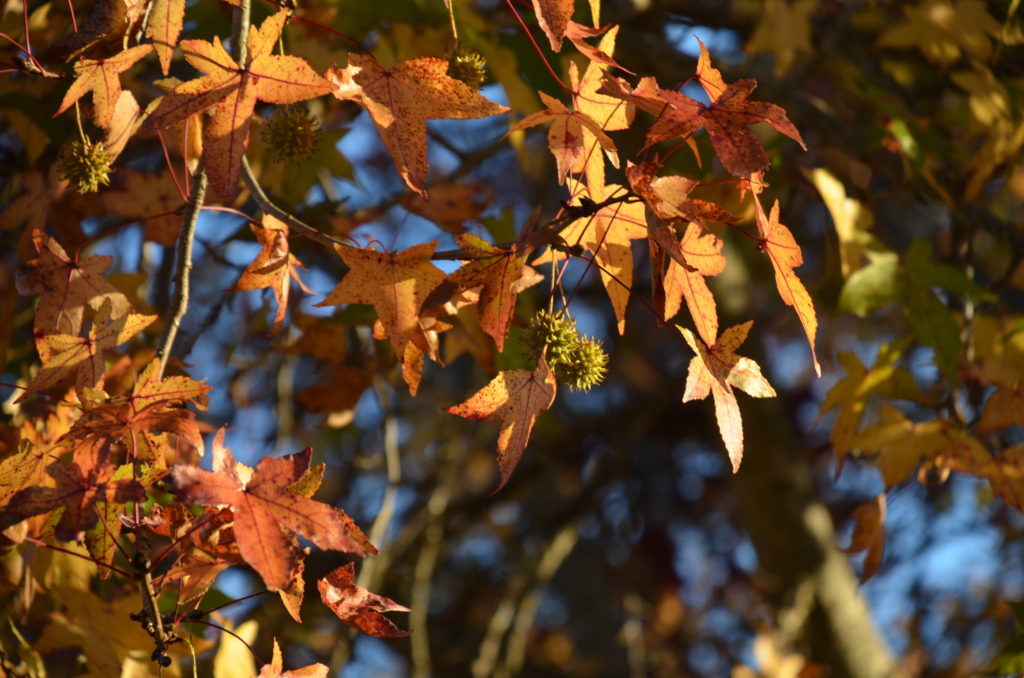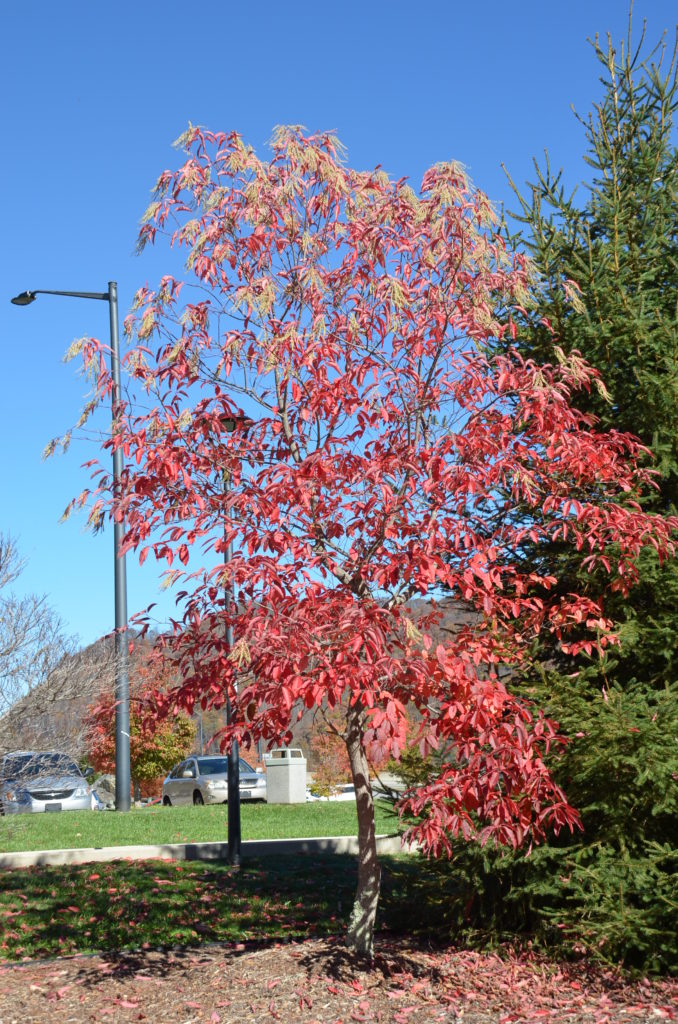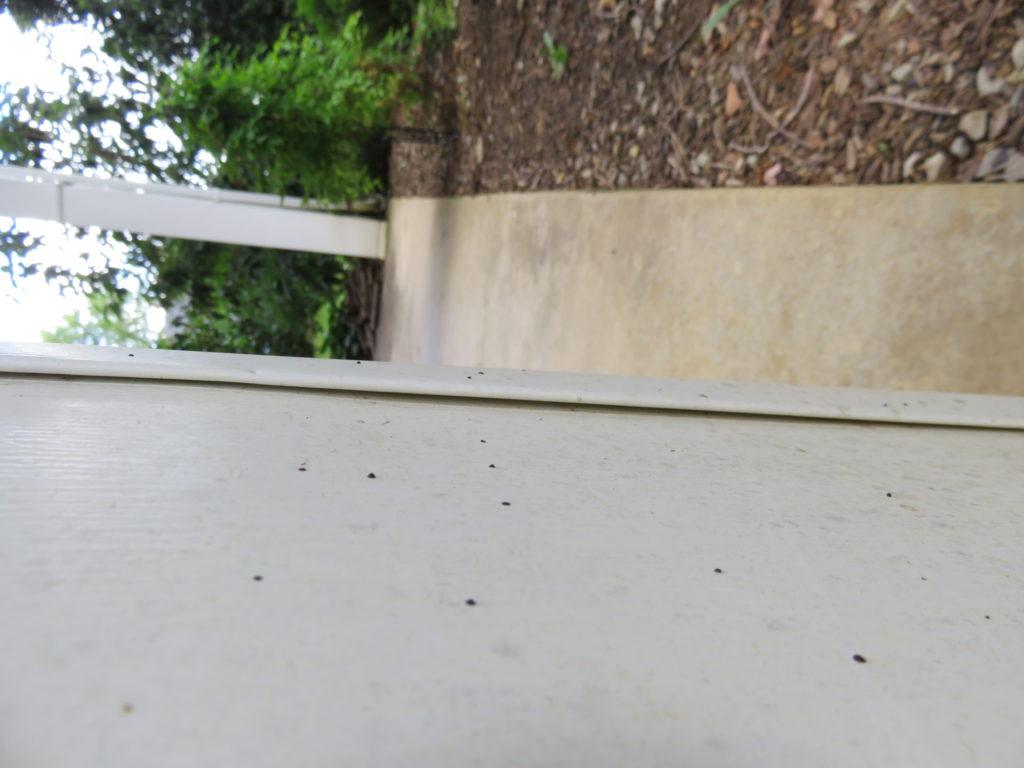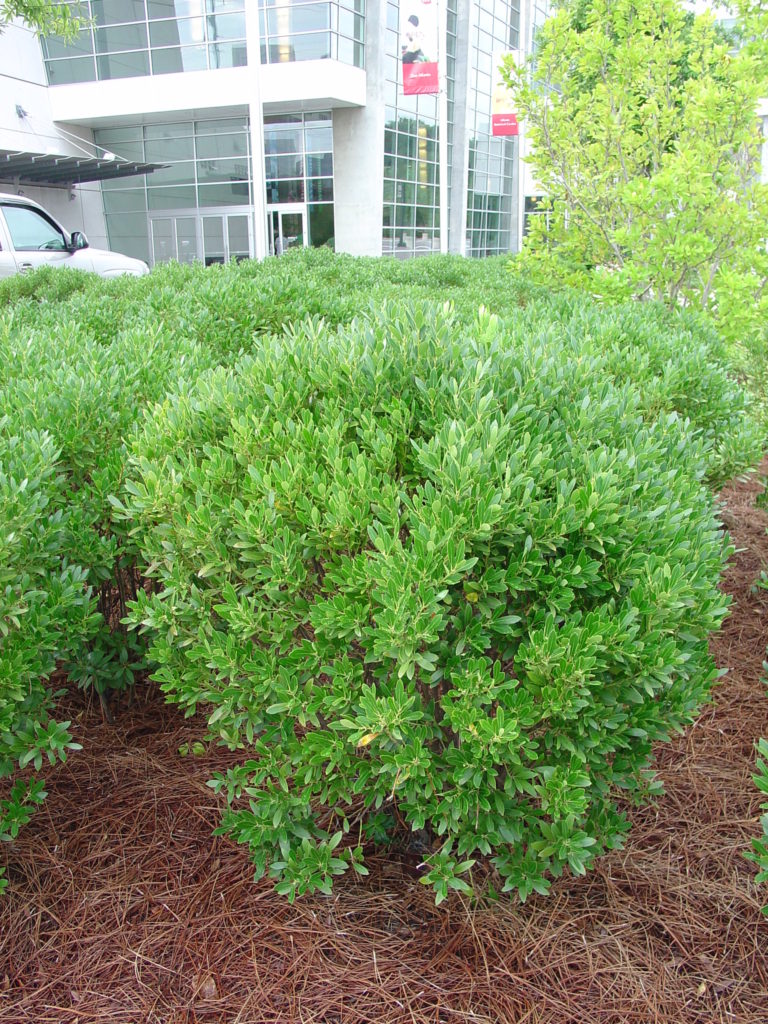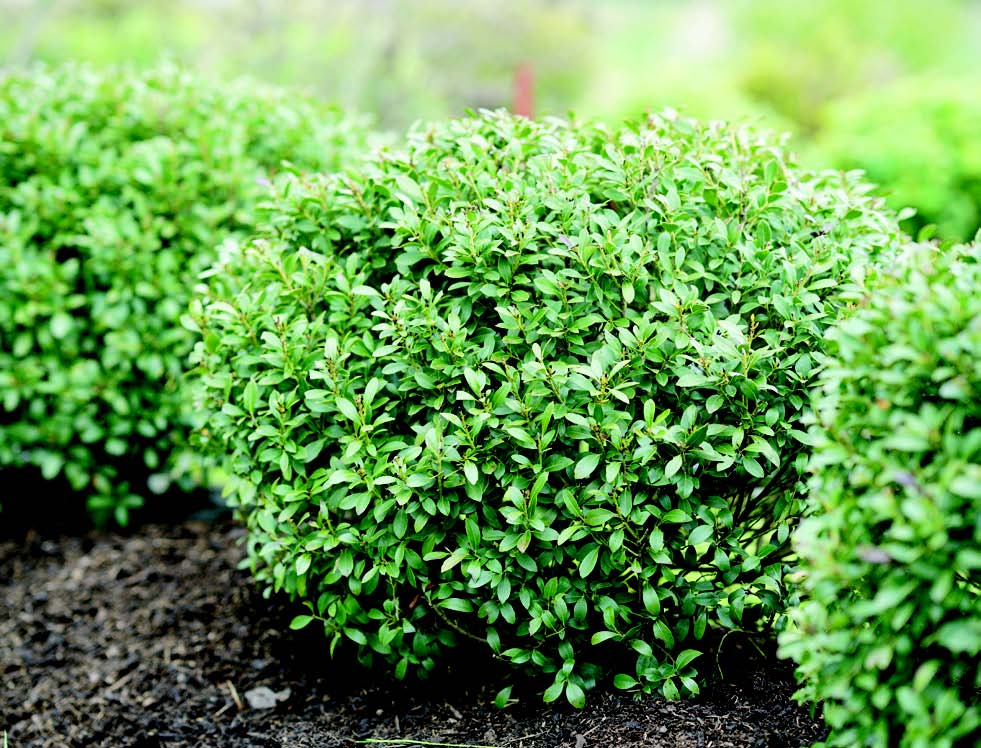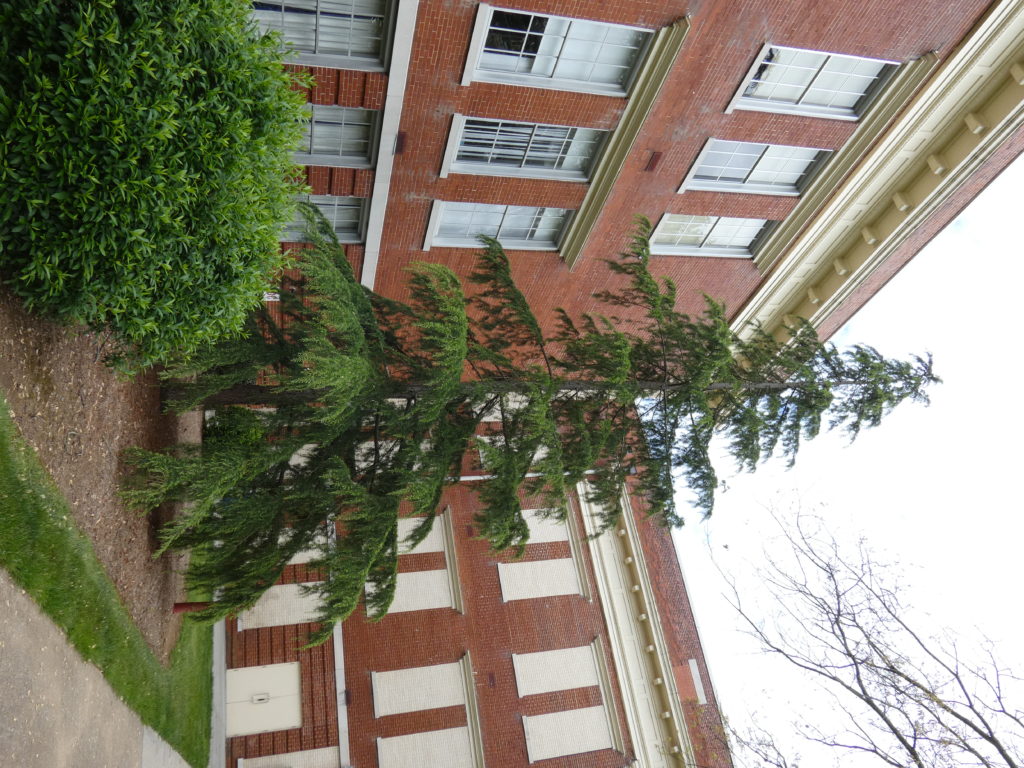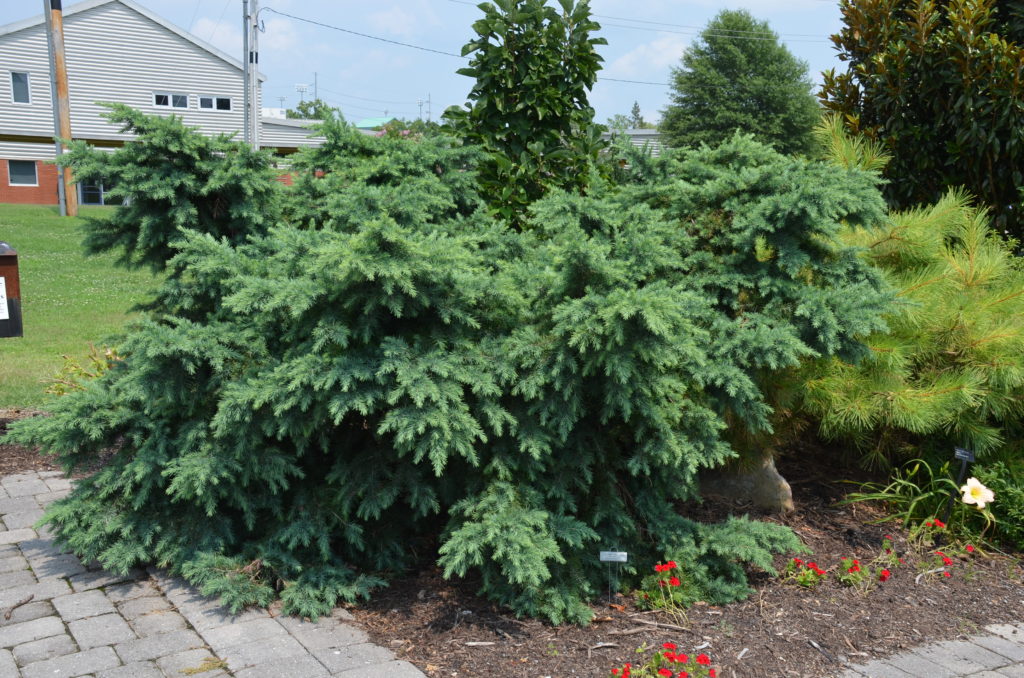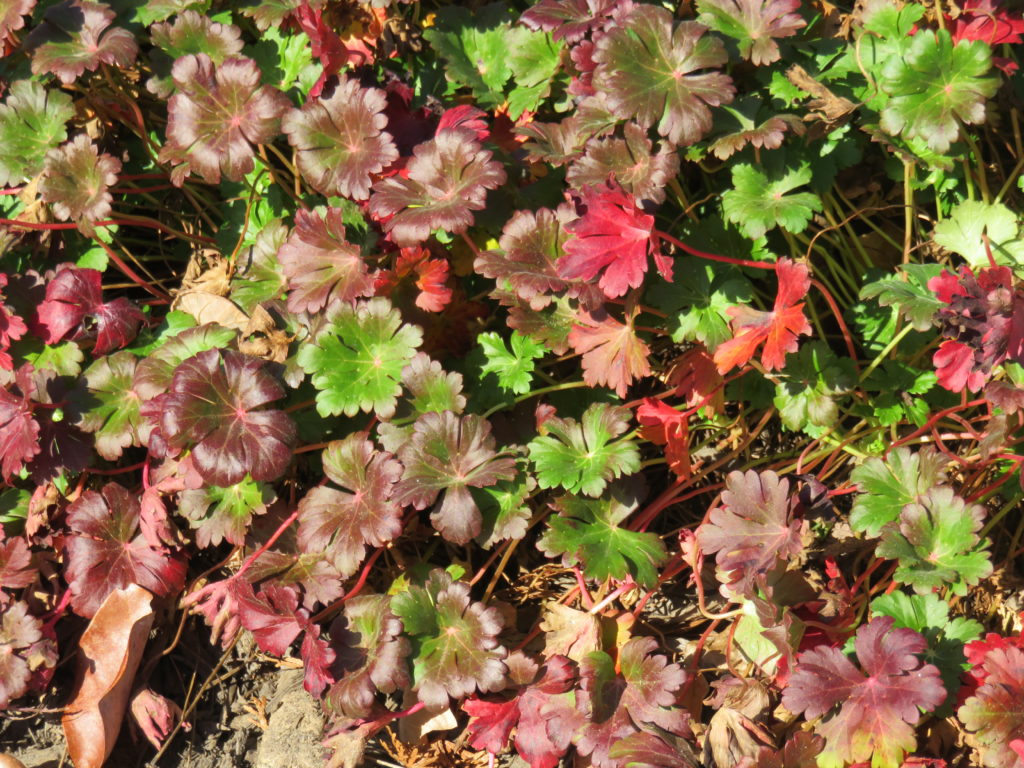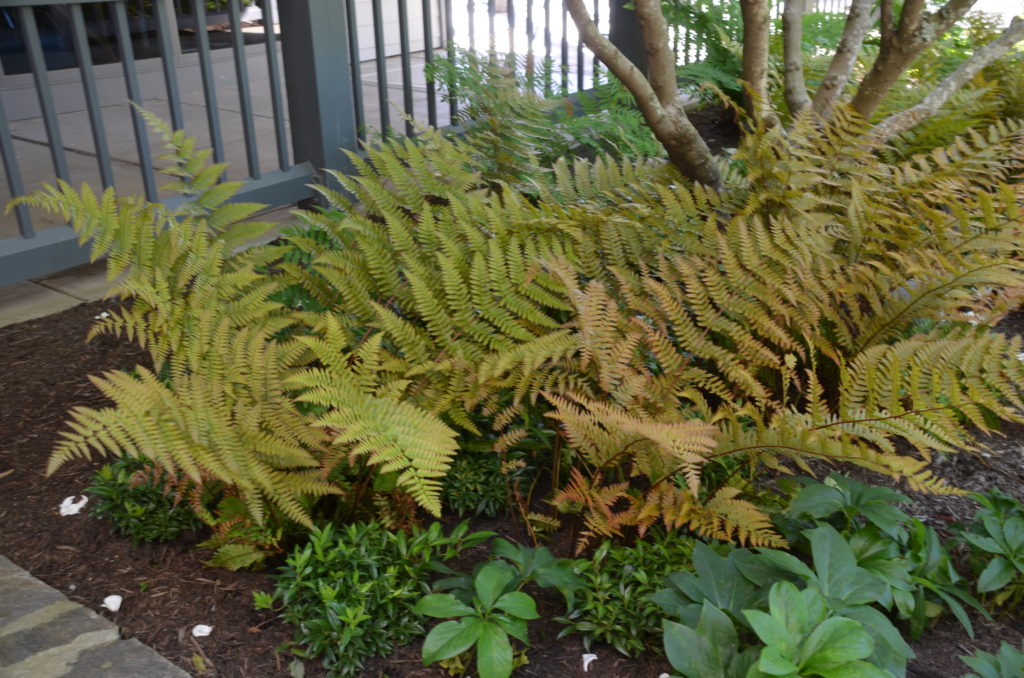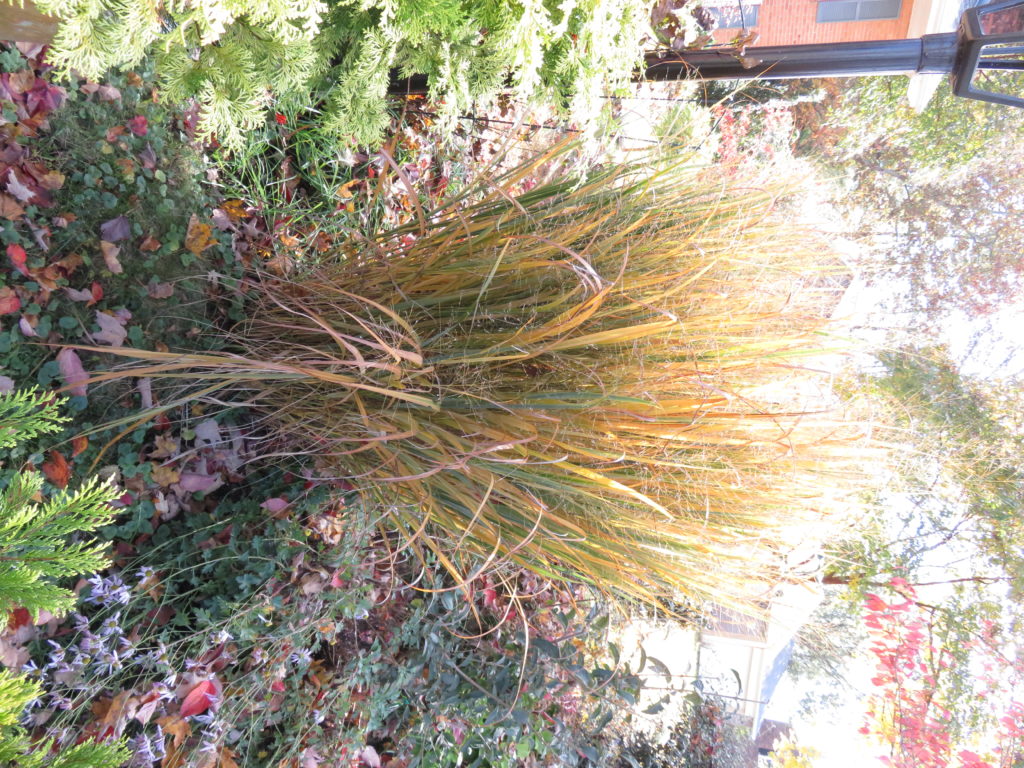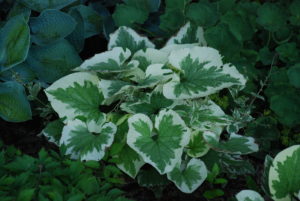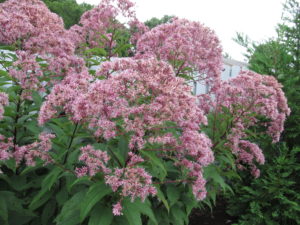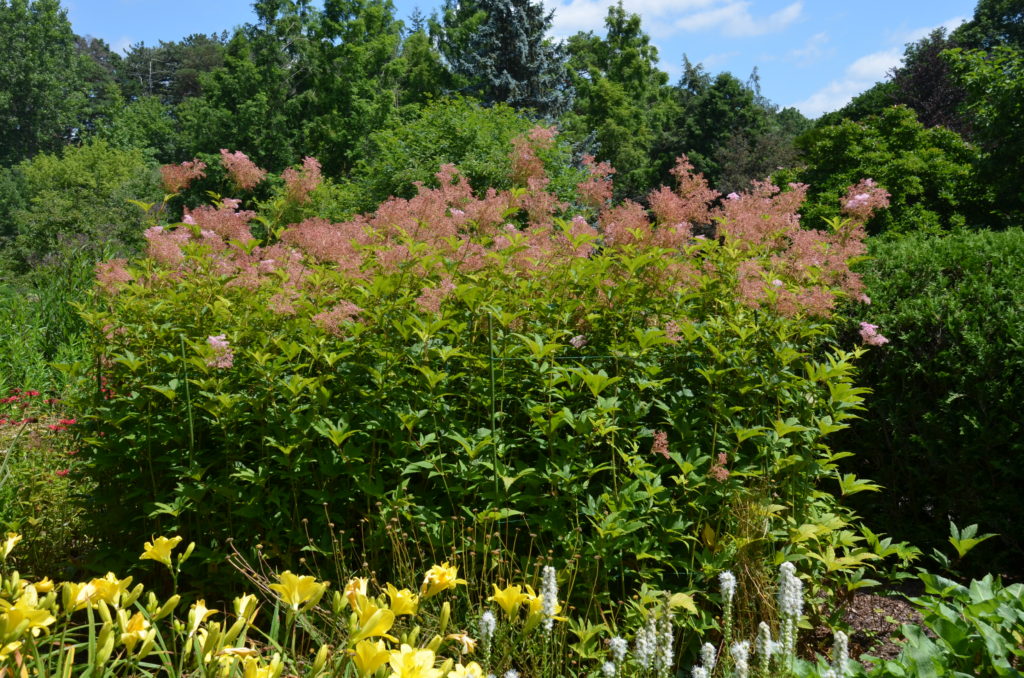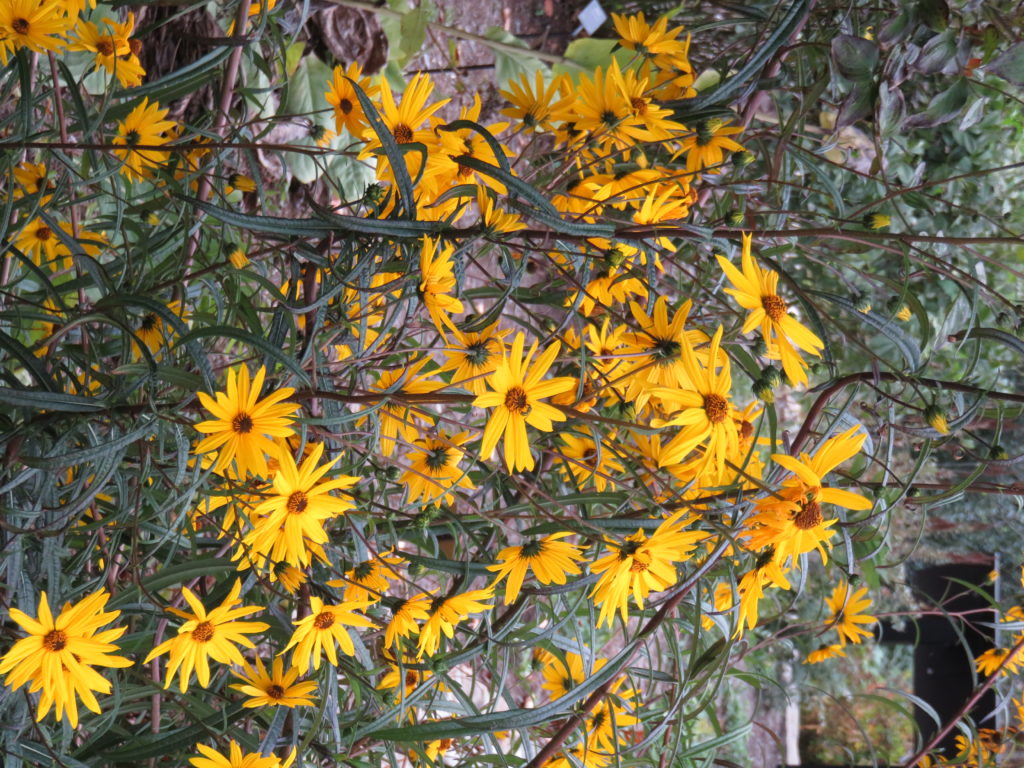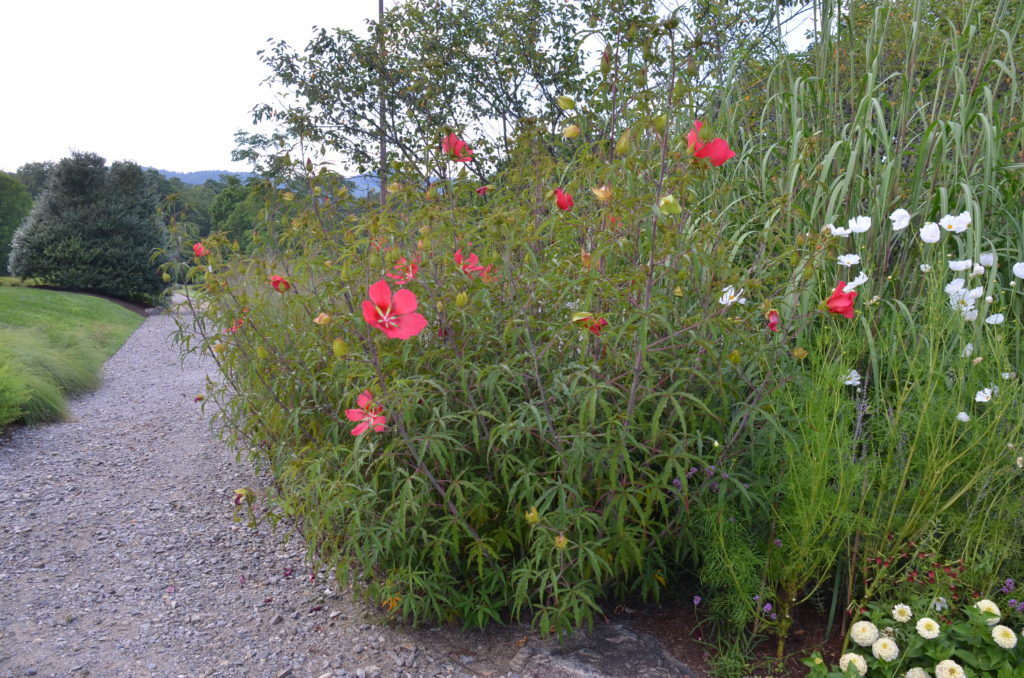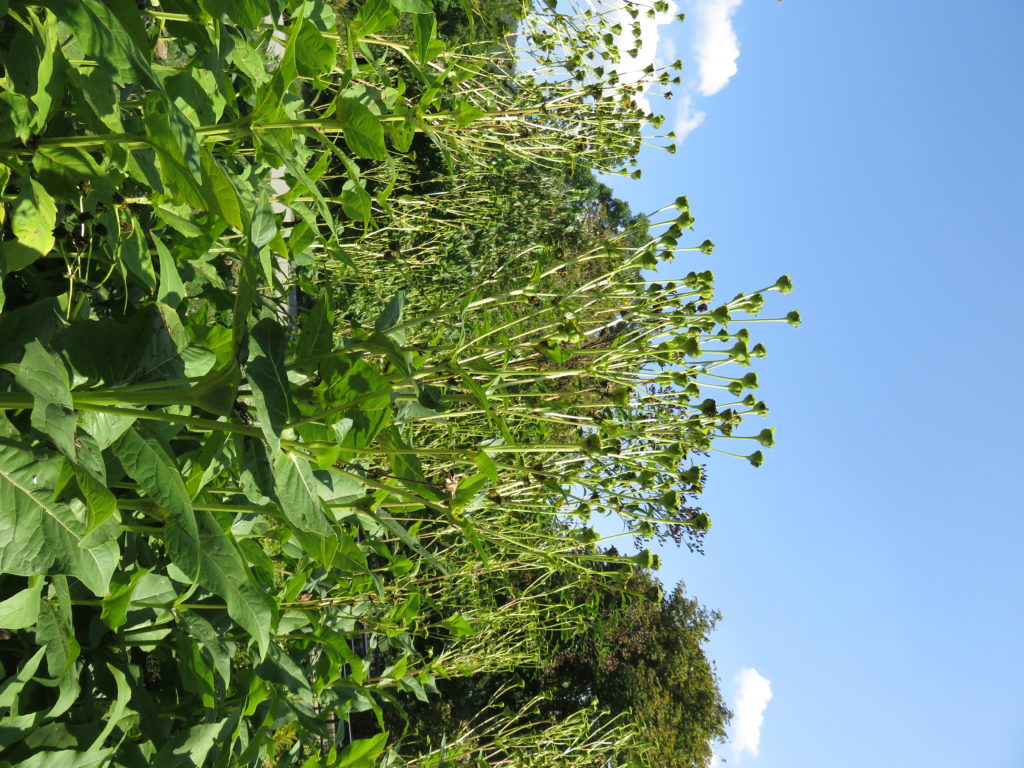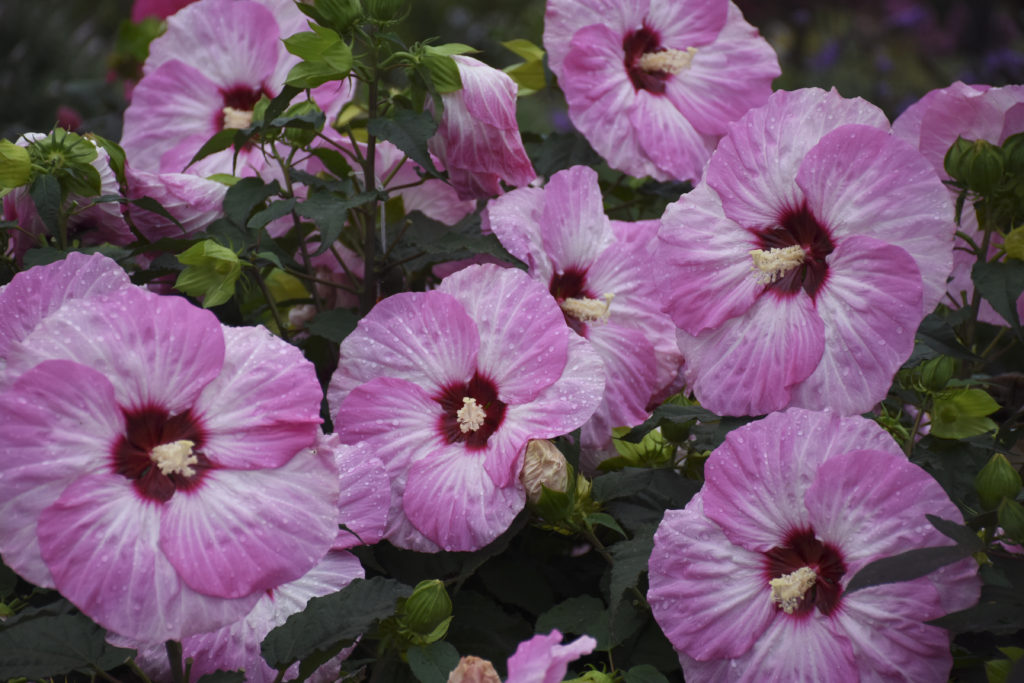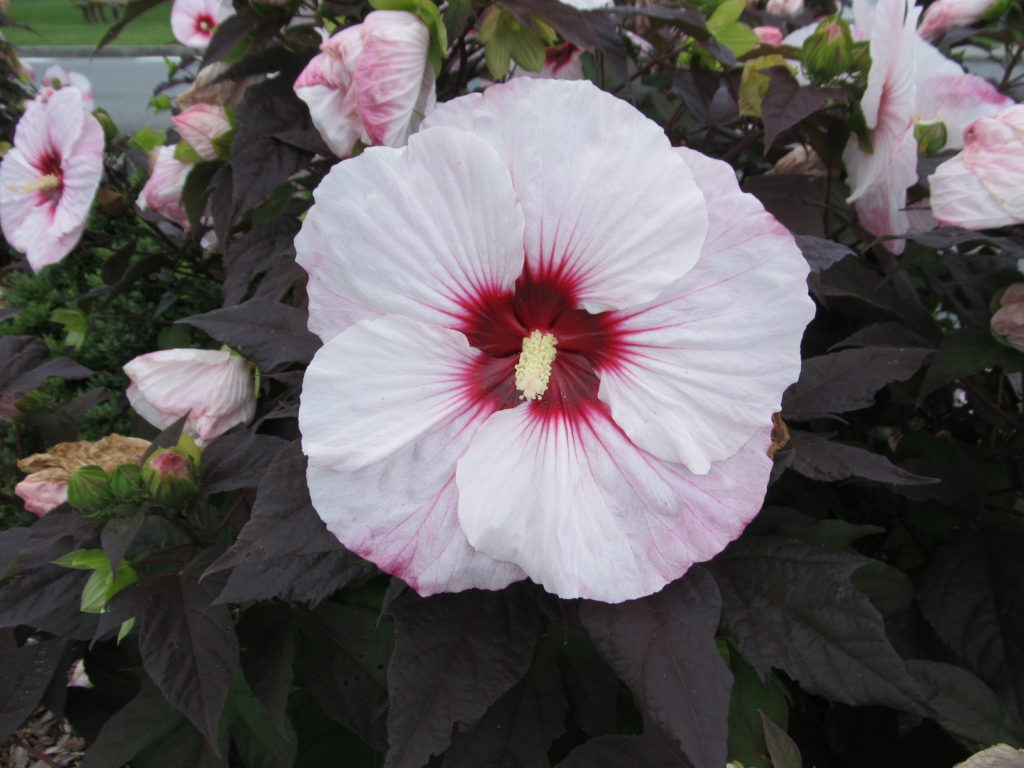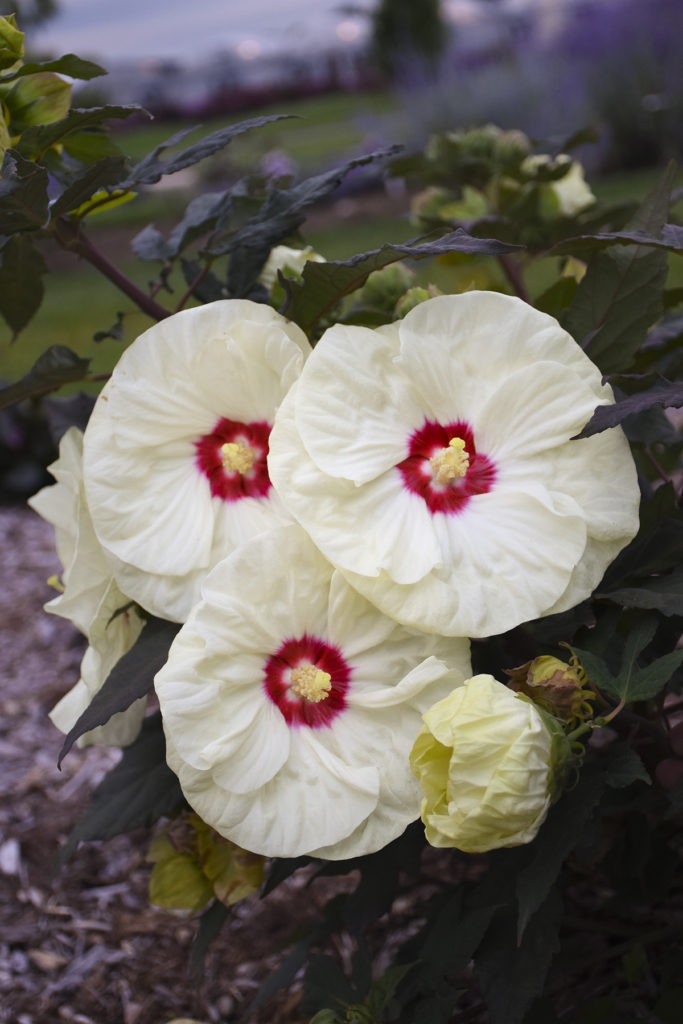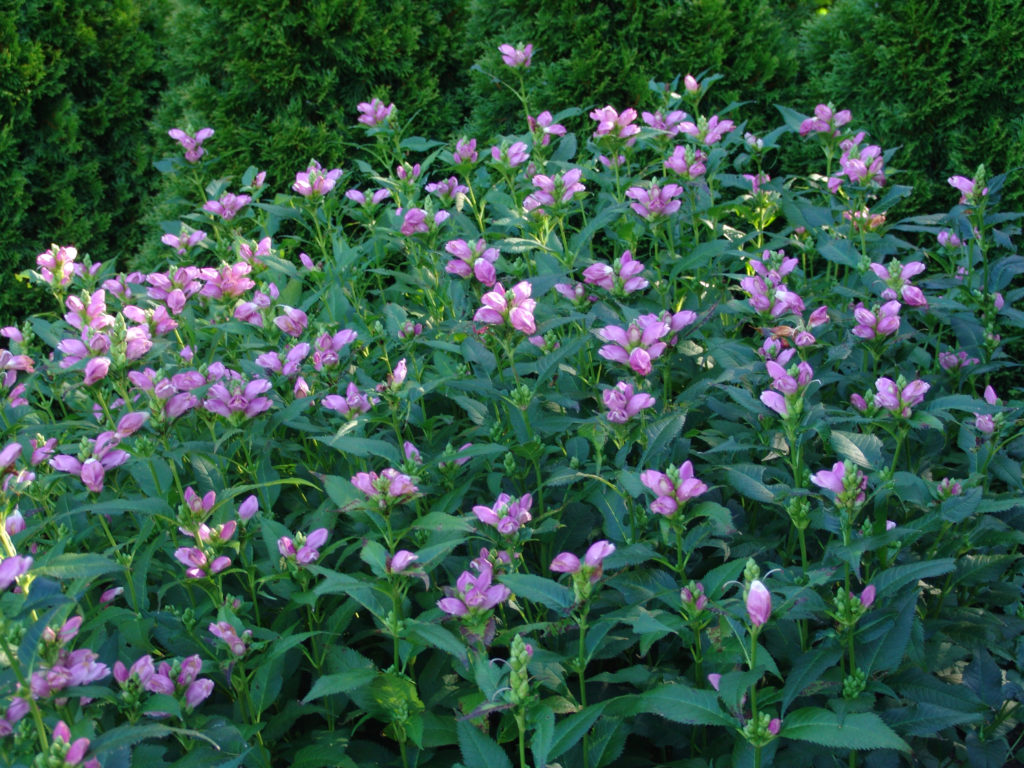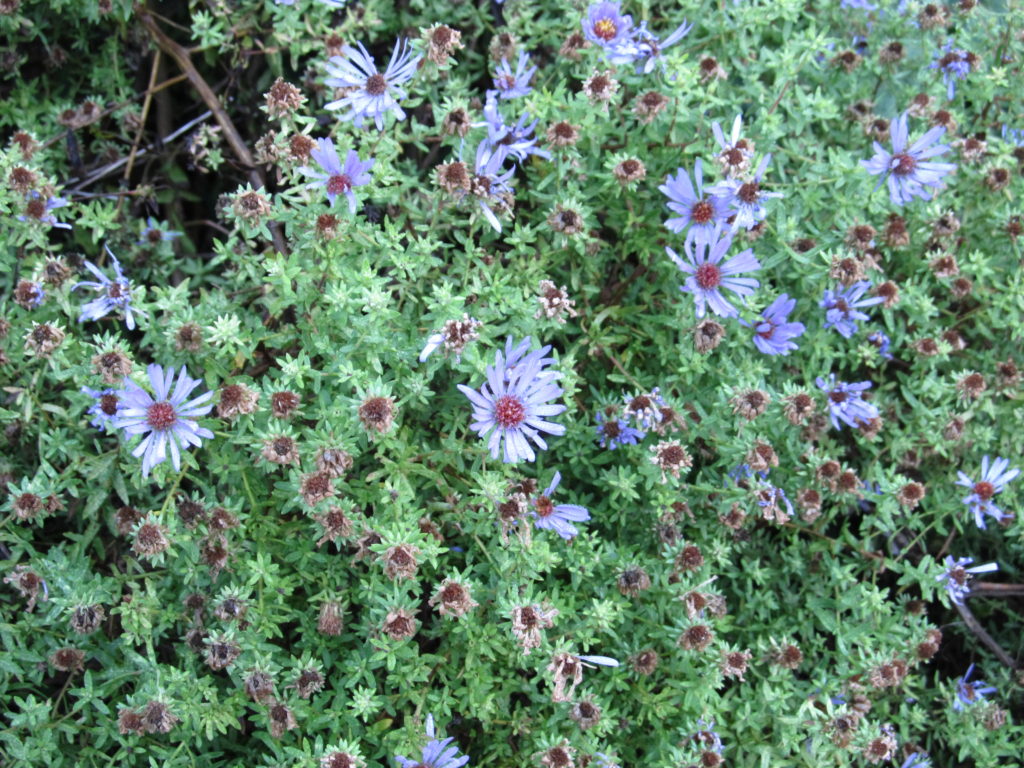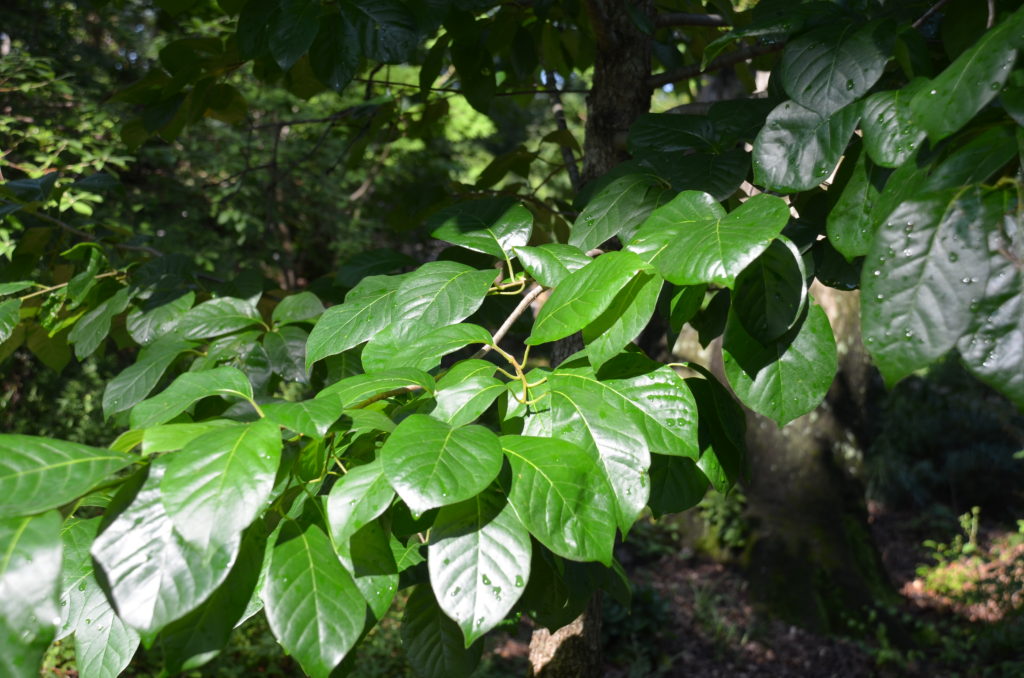
Black tupelo, blackgum, or sourgum tree (Nyssa sylvatica), its three common regional names, is native to Eastern North America from the New England states, down south into Florida, and as far west as Eastern Texas (USDA hardiness zones 4-9). Mature blackgums reach heights of 60 feet and taller and 20 – 25 feet width that grows into a lovely landscape shade, lawn or street tree.
In the wild, blackgum is typically found growing in low boggy ground subject to periodic flooding. It prefers moist loamy well drained soils, but adapts to most landscape sites. Newly planted seedling trees often start off slowly their first year after planting because sapling trees produce long taproots. However, modern-day nursery practices have solved the taproot issue and blackgums grow as fast as sugar maples (Acer saccharum).
This lovely shade tree is grown for its glossy dark green summer foliage and scarlet red fall color. Early spring flowers are not very noticeable, but are an important nectar source for bees. Tupelo honey is also highly prized.
Black tupelo has a mostly dioecious flowering trait. The small greenish-white flowers appear in spring on long stalks and attract nectar hungry for bees. Some trees bear male flowers while others produce mostly female flowers. A tree with mostly pollinated female flowers will be loaded with ripened bluish black berries that birds and other wildlife will devour in the fall.
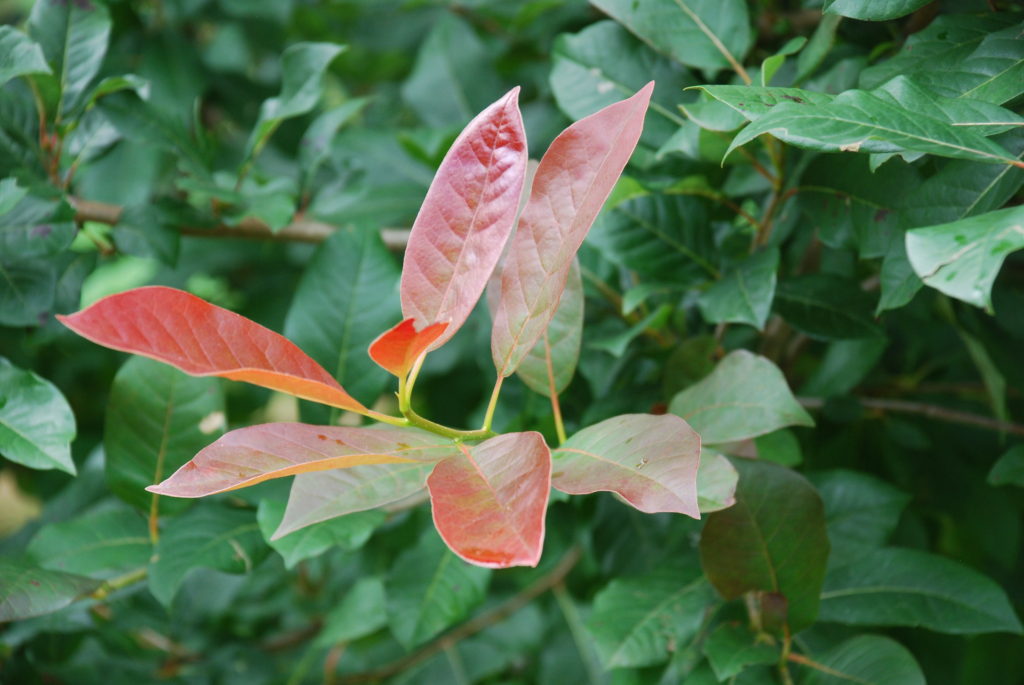
Young trees develop a pyramidal and branch form and develop a broad open canopy with age. Lower branches on mature trees tend to be pendulous. The rugged dark bark on older trees is blocky, similar to an alligator’s hide.
Seedling and some cultivar forms are susceptible to leaf spot diseases in wet summers. Blackgum is resistant to damage by deer.
Six superior blackgum cultivars:
Red Rage® (‘Hayman Red’) – reportedly leaf spot resistant along with great fall color.
‘Wildfire’– new spring leaves emerge with reddish tint, turn glossy green in summer, and an outstanding red fall color.
Firestarter™ – ascending narrow branching and strong central leader; dark green summer leaves turn intense red in fall.
Green Gable™ – strong pyramidal habit, glossy green leaves and great red fall color.
‘Sheri’s Cloud’ – medium green leaves edged with a creamy-white margins; bi-color fall color.
‘Zydeco Twist’– slightly contorted, zigzag branches.
‘Autumn Cascades’– unusual weeping branching habit and outstanding fall color.
Blackgum (Tupelo) – Fall Leaf Color And Fruit Attract Birds And Other Wildlife

